Australian Government departments are considering ways to restart cruise operations in Australia and are studying guidance from America’s Centers for Disease Control and Prevention (CDC) and the European Centre for Disease Prevention and Control.
The new CDC regime to resume sailings in America was published last weekend. Most cruise lines have yet to comment on what amounts to a tough regime of testing and trial sailings.
But the Australian government has confirmed it is already studying the 40-page document as the deadline to renew its cruise ban on December 17 looms.
A government spokesman told Cruise Passenger: “Australian Government departments are considering the parameters around the future resumption of cruise operations in Australia and are considering the international approach to resumption of cruise operations, including guidance from Centers for Disease Control and Prevention (CDC) and the European Centre for Disease Prevention and Control (ECDC).
“When it is appropriate, the cruise ship restrictions can be amended at any time to respond to changes in the domestic and global situation.
“Above all, the Government will need to be assured that cruise ships can operate in a COVID-safe way and that the risk of transmission is acceptably low before cruise operations will be permitted in Australian waters again.
“The Australian Health Protection Principal Committee (AHPPC) continues to provide public health advice based on evidence-based research on the risks posed by cruise ships and the restrictions may be eased or extended consistent with that advice.”
Coral Expeditions, which is Australian flagged and crewed, is already sailing. And Cruise Lines International Association Australasia is talking to federal and state governments about how cruise could resume.
It has also been revealed that Graham Turner, the boss of Flight Centre, the global travel agency, is talking to state governments about the return of cruise.
“There is general agreement from health authorities on what is safe domestically; cruise lines such as a 6000-berth MSC ship have been operating in the Mediterranean over the past couple of months with no major COVID-19 issues. Cruising is safe now if they stick to the protocols,” Mr Turner said.
The idea has been that localised cruising would mean homeported ships in, say, Queensland and NSW, would sail voyages to nowhere with only passengers from that state. The crew will be tested and so would passengers. It would be like a localised bubble.
But the CDC has taken the return to cruising to a whole other level. It’s “framework for a phased resumption of cruise ship passenger operations” has a number of measures that have cruise lines concerned.
The rules are tough, including trial cruises with volunteer passengers who will be tested daily while the line tests dining, entertainment and embarkation and evacuation procedures before each vessel obtains a certificate saying it is fit to sail.
They are also requirements for testing at the start AND the end of each cruise. That will mean thousands of passengers, both embarking and disembarking, will be trapped at ports while results are confirmed.
Crew will need to be test weekly. That means up to 2,000 people each week – enough work for a full medical team. So far, only Viking has fitted a PCR testing lab on one ship, though Cruise Passenger has been told others are using the cruise pause to refit medical bays with labs and isolation areas.
 The CDC’s order states cruises will end if a certain threshold of cases occurs. No-one knows what the threshold might be.
The CDC’s order states cruises will end if a certain threshold of cases occurs. No-one knows what the threshold might be.
So a line will need to recruit and test the crew it can apply, 30 days in advance, to operate simulated voyages with volunteer passengers. The results may lead to the certification to resume passenger service.
As for testing symptomatic travellers — passengers and crew — the CDC said PCR rather than antigen tests should be used.
CLIA Australasia, the local representatives of 95 per cent of the cruise lines, told us: “Like the US-CDC’s announcement of a phased resumption of US cruising, and initiatives in other parts of the world for limited and controlled restart, we are advocating for a similar measured and carefully managed resumption of local cruise itineraries in Australia and NZ that work within our international border restrictions.”
Here’s how the CDC sees a cruise resumption:
All ships must be certified to sail and comply with health regulations
Ships will be certified if they have:
- Sailed “simulated voyages” that include volunteer passengers
- Tested embarkation and disembarkation of at terminals, including the evacuation of sick passengers or crew
- Trialled dining and entertainment activities,
- Tested the transfer of passengers or crew who have symptoms or have tested positive from cabins to isolation rooms and can quarantine passengers and crew
Initially, cruises will be restricted to seven days or less. This may change depending on health conditions.
To protect communities on shore, cruise lines must have medical agreements in place to enable evacuation to hospitals of both crew and passengers, and a plan for their stay and eventual return home.

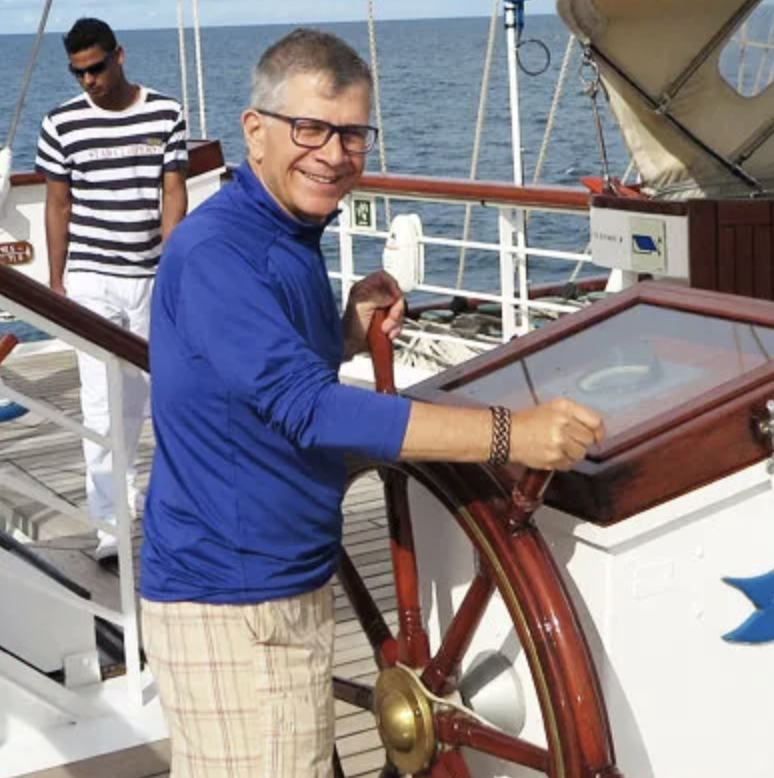
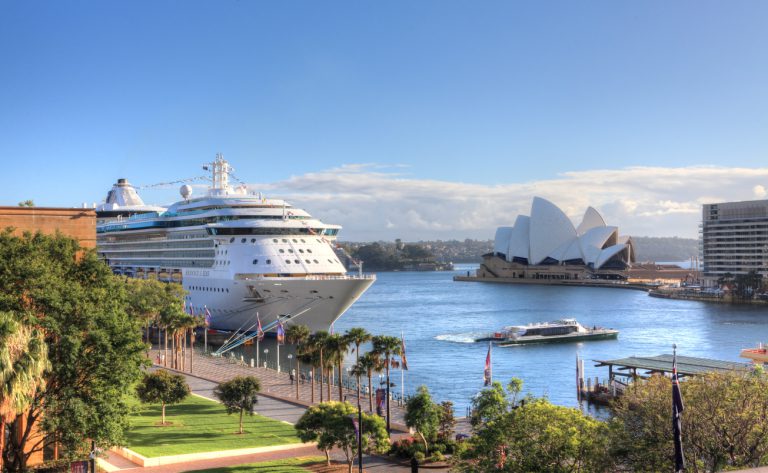
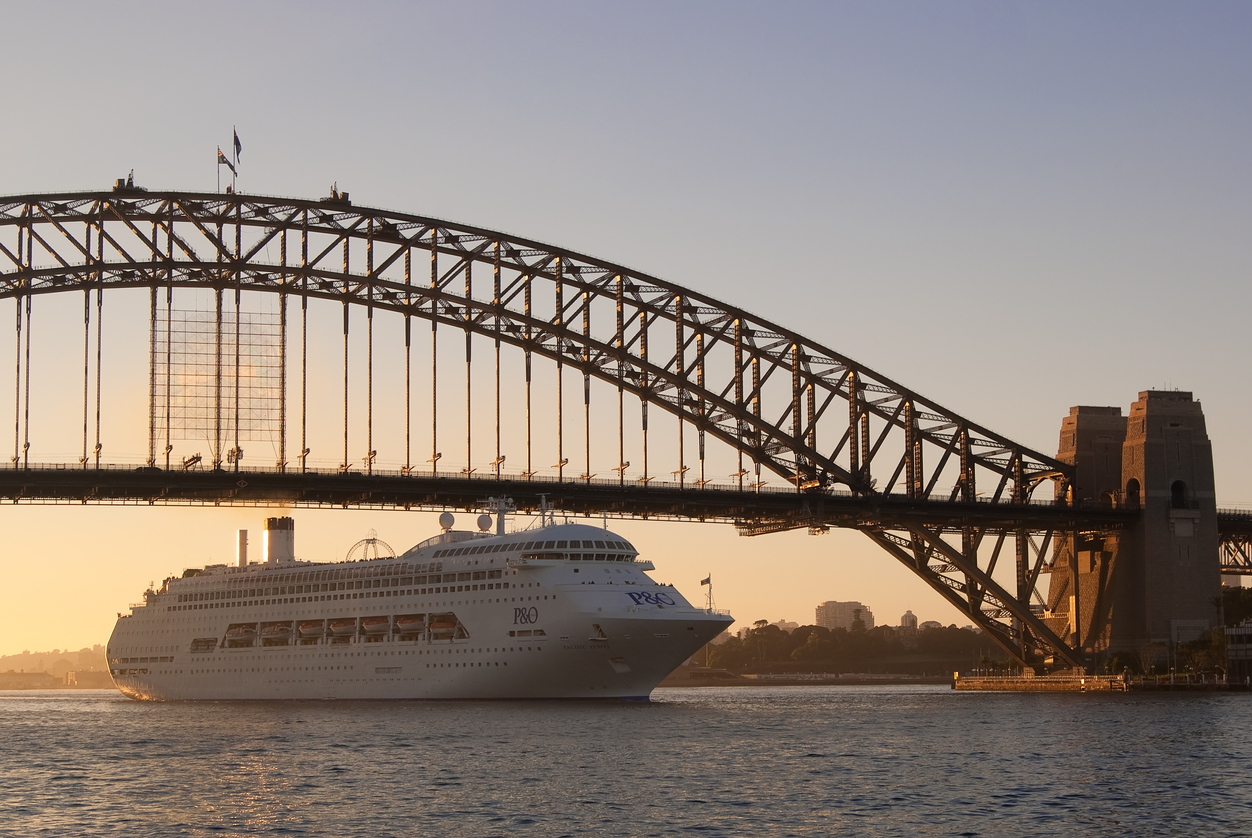
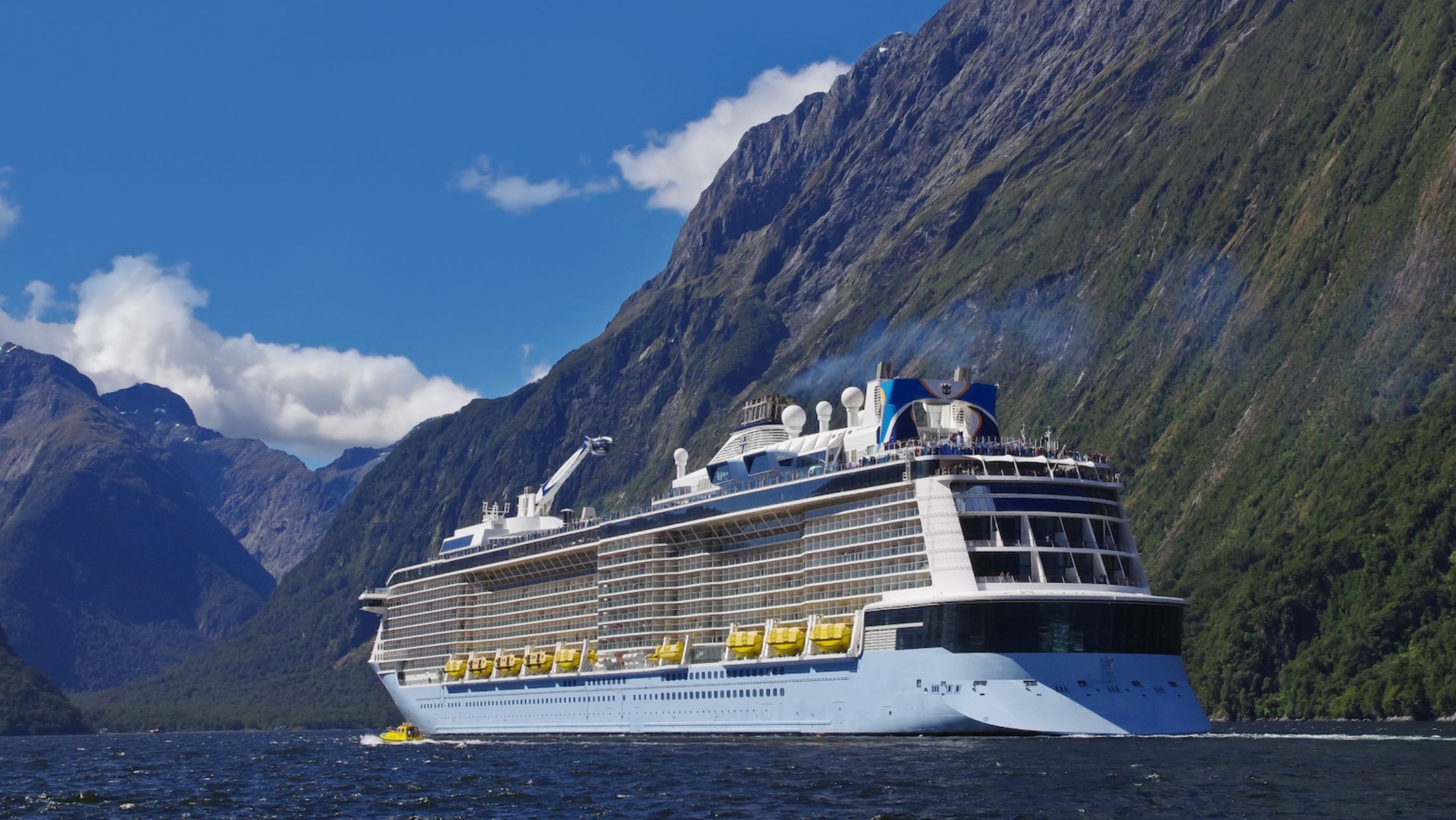


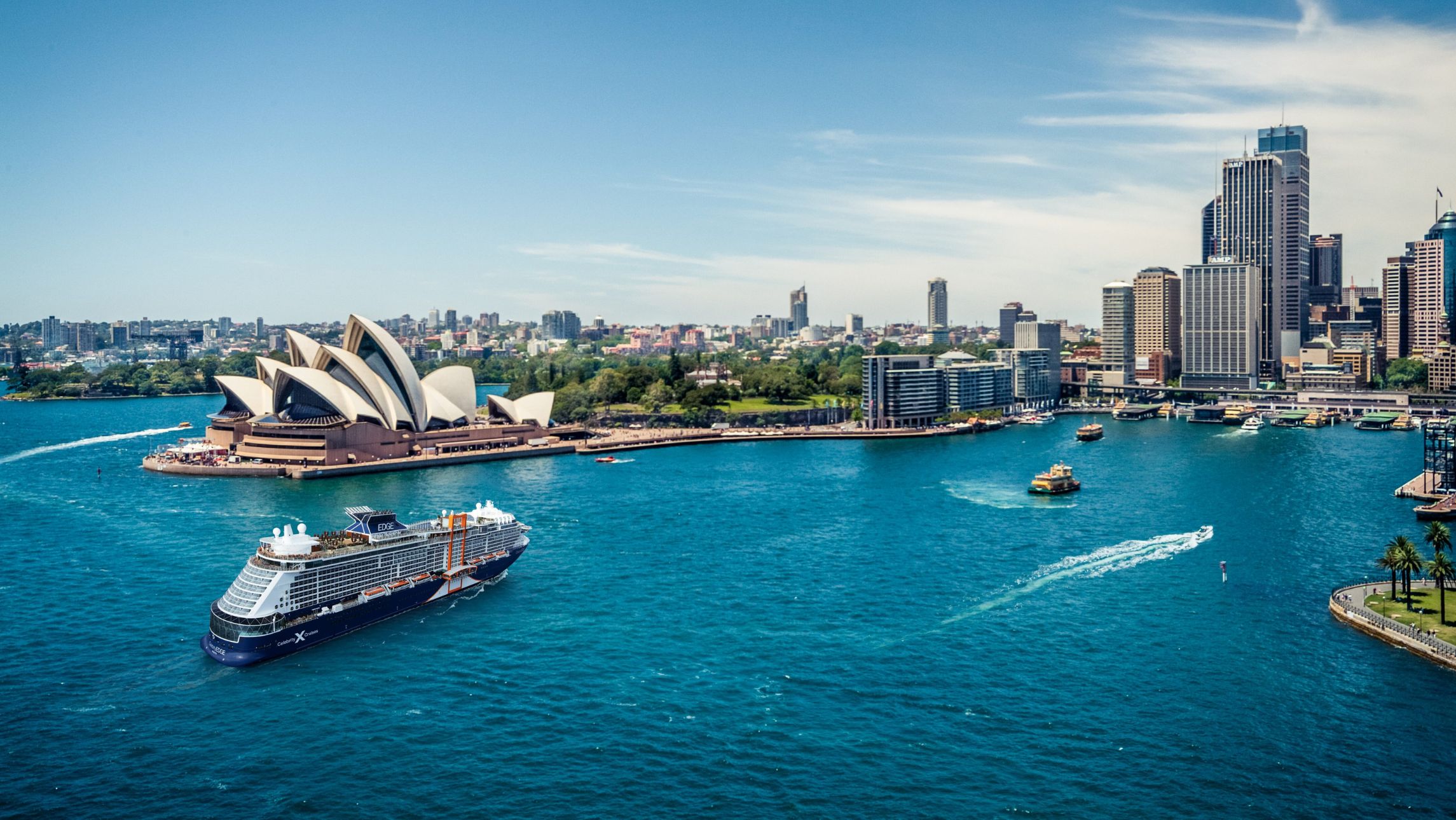



I totally agree with Richard, Cathy Drew, Magdalena and especially Garry, and can I also add that as much as we don`t like the idea a vaccine is necessary to give peace of mind that we aren`t getting anything from others but more importantly that we aren`t passing on anything nasty to others I have always believed that the turn around for ships departing the same day as they dock is very rushed .. the tremendous stress placed on crews to make up cabins in a hurry and the loading of food and medical supplies is too rushed .. The air con needs to be filtered but I believe they have addressed that – I want cruising back as much as everyone else but lets plan for safer measures
Australia has done a great job in keeping COVID-19 to a minimum. Australia is an island and therefore in a great position to return to cruising. The cruise ships can stay within Australian waters but still be able to travel to many different locations, cruise ships can be ported in various capital cities around Australia. The cruise ships and crew will need to be deep cleaned and cleared of COVID before being able to port. Please let cruise ships back into Australia. Tourist dollars stay in Australia, all restocking of the cruise ships will be done in Australia therefore the money stays in Australia and boosts the economy etc. Bring back cruising to Australia
The Australian Government should & must take it’s own stance on this issue. State by state cruising could re-start almost immediately once testing of crew & passengers is undertaken. We (Aussies) should be ignoring US & EU decisions as you only have to take a peek at their case numbers. Us, as cruisers, should petition the Government over this issue as, also stated on this, Australia & NZ are the world leaders in COVID control.
Great to see that the Australian authorities are considering what can be done.
Really Australia, neither America nor Europe have the greatest record for virus control so I would not be looking to either of them for advice. We have a much better record so stick to it, The east coast of Australia could take some lessons from the rest of the country and make it’s citizens toe the line better but honestly, compared to the rest of the world we are number 1. We need to realise that we are as good as if not better than many countries on this planet and stand up collectively for our beliefs instead of bending over backwards to please others. This includes the Chinese who think they can lord it over us with their bans on Australian products. I won’t be starving because they leave the products on their docks to rot, they will. Eventually their people will be unhappy and starving and hopefully react. We need to be more proactive and provide for ourselves. With this beautiful country of ours we can do anything as long as we put in the effort. GO AUSTRALIA.
I agree with Terence you can travel on local bus or train without testing. Here in my state we have been clean for over a month, if the cruises started out being in the waters off the state departed from eg Qld with plenty of ports. Also the revenue to the state by the stocking of products and fuel goes into tens of millions Dollars. Giving jobs. Looking forward to cruising again.
It’s quite simple, Test before you leave, Test when you return. And have 1 day between disembarkment and embankment for deep cleansing of the ship.
Australia’s problem is that there is not one person on these committees that has or is likely to cruise at any time. Politicians will not cruise because they will be at the mercy of cruise passengers for the whole time of the cruise. Cruising is safe and when all abide by the personal hygiene rules then a cruise ship is the best and safest place to be not like a football stadium.
Utilise and enhance current Government COVID-19 app to include Tested dates and Testing authorities. Any staff or passengers wishing to cruise must be tested within two weeks of testing and be negative and must be tested again the week of disembarking.
We Australians need the return of our democratic rights to be able to travel, be allowed to take responsibility for our own health and wellbeing. Considering how many viruses and diseases there are in the world which has no vaccine or cure it stands to reason, that, at some stage we are going to have to learn to live with this virus.
Well I find the whole situation a double standard. the US will need to do stimulated cruises to test the safety processes before cruising commences with paying passengers. The Airlines, public transport and all other modes of transport did not have to endure this. Cruise lines have been unfairly targeted.